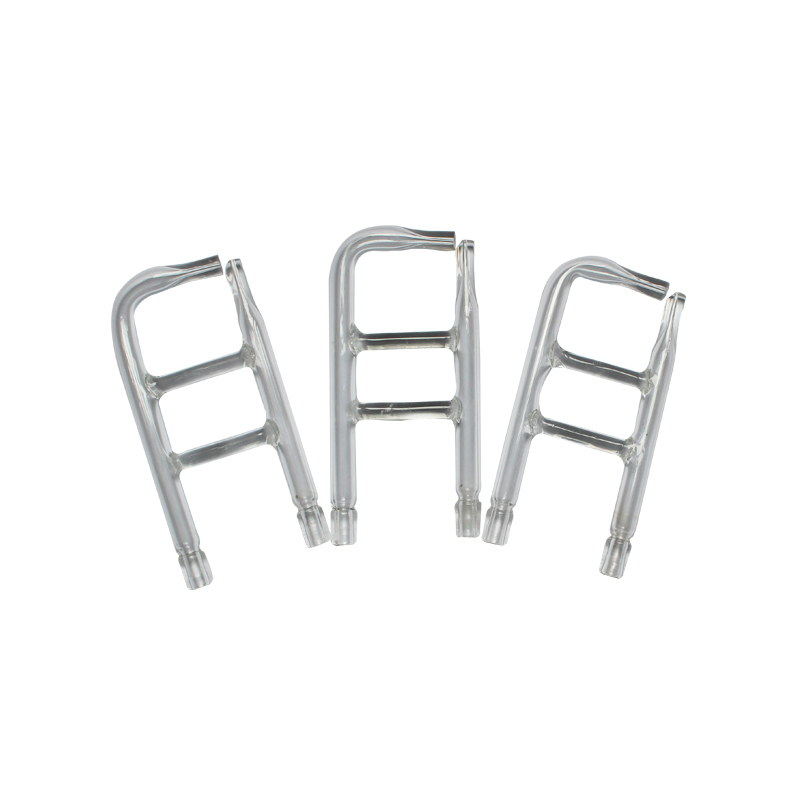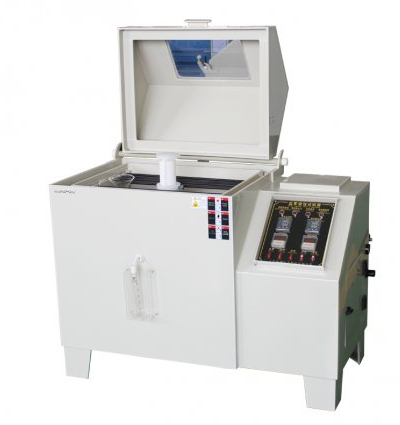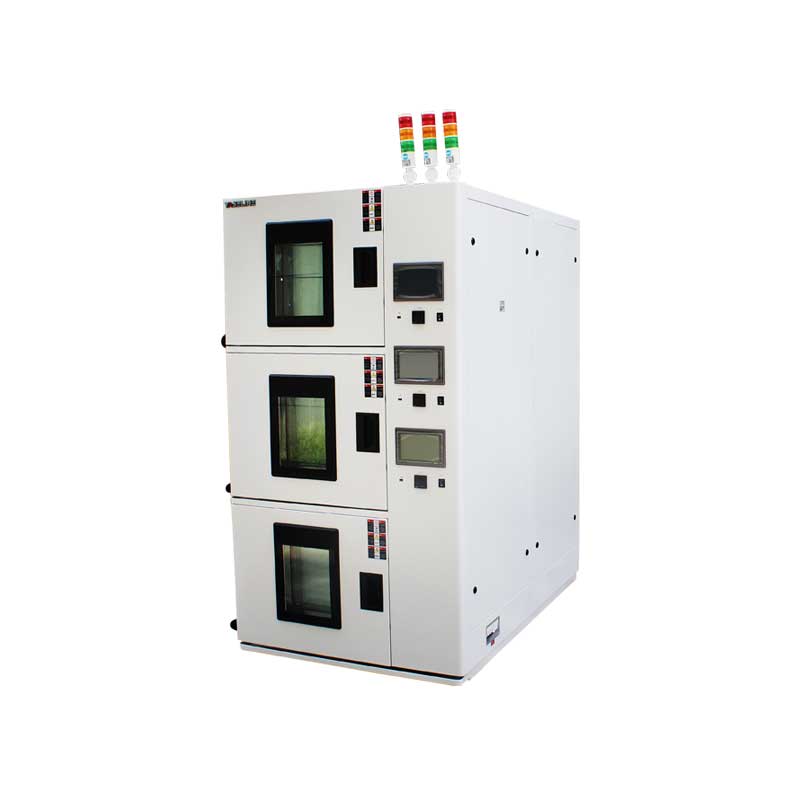What Material is the Nozzle of a Salt Spray Corrosion Test Chamber Made Of?
Author:LINPIN Update Time:2025-06-13 Source:LINPINThe nozzle of a salt spray corrosion test chamber is typically made of corrosion-resistant and rust-proof materials, mainly including the following:
-
Polypropylene (PP): Polypropylene is a high-molecular polymer with excellent resistance to acids, alkalis, and corrosion. It also has high strength and rigidity, making it resistant to deformation or cracking. Therefore, it is commonly used in the manufacturing of nozzles for salt spray test chambers.

-
Polytetrafluoroethylene (PTFE): PTFE is a high-molecular polymer known for its corrosion resistance and non-stick properties. It is often used in the production of nozzles and other components for salt spray test chambers, effectively preventing clogging and contamination during testing.
-
Stainless Steel: Stainless steel is a metal material with strong corrosion resistance, effectively resisting oxidation and corrosion. It also offers high strength and toughness, making it a common choice for nozzles in salt spray test chambers.

-
Quartz Glass: Quartz glass has a softening point of approximately 1730°C and can be used for extended periods at 1180°C, with a short-term maximum operating temperature of up to 1450°C. It is highly resistant to high temperatures.
The nozzle of a salt spray corrosion test chamber must be made of corrosion-resistant materials to ensure testing accuracy and reliability. Commonly used materials include polypropylene (PP), polytetrafluoroethylene (PTFE), stainless steel, and quartz glass.





